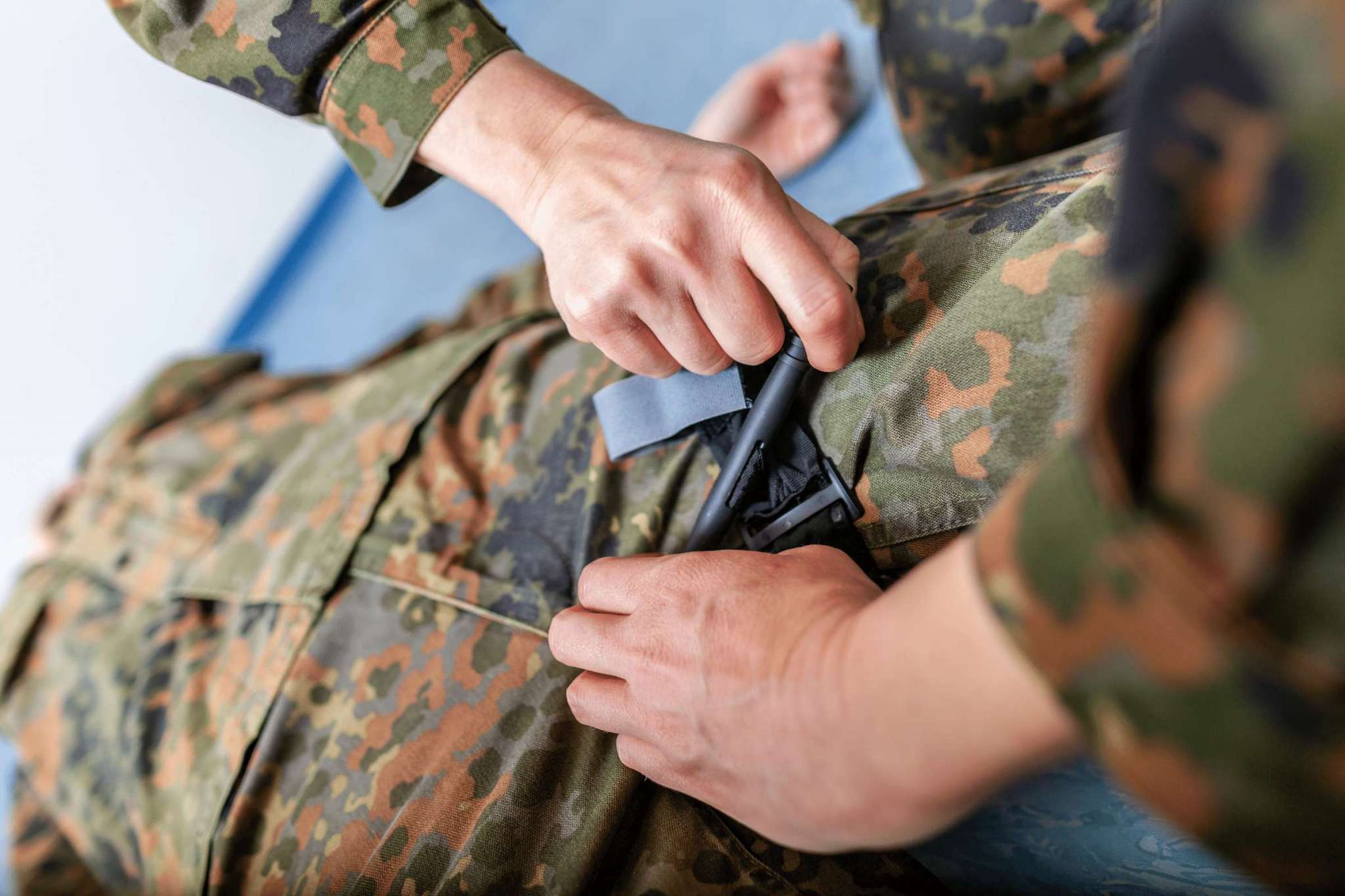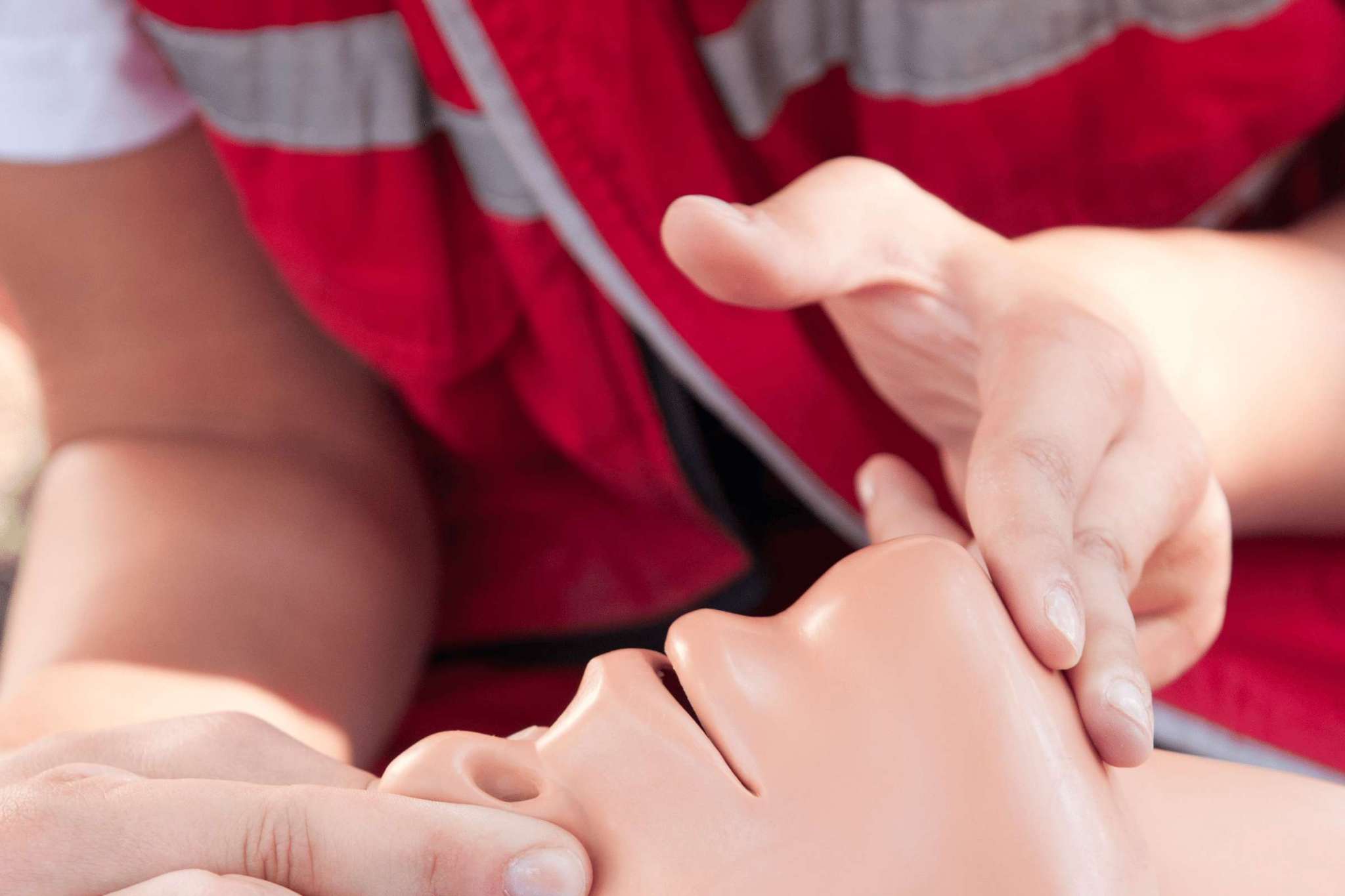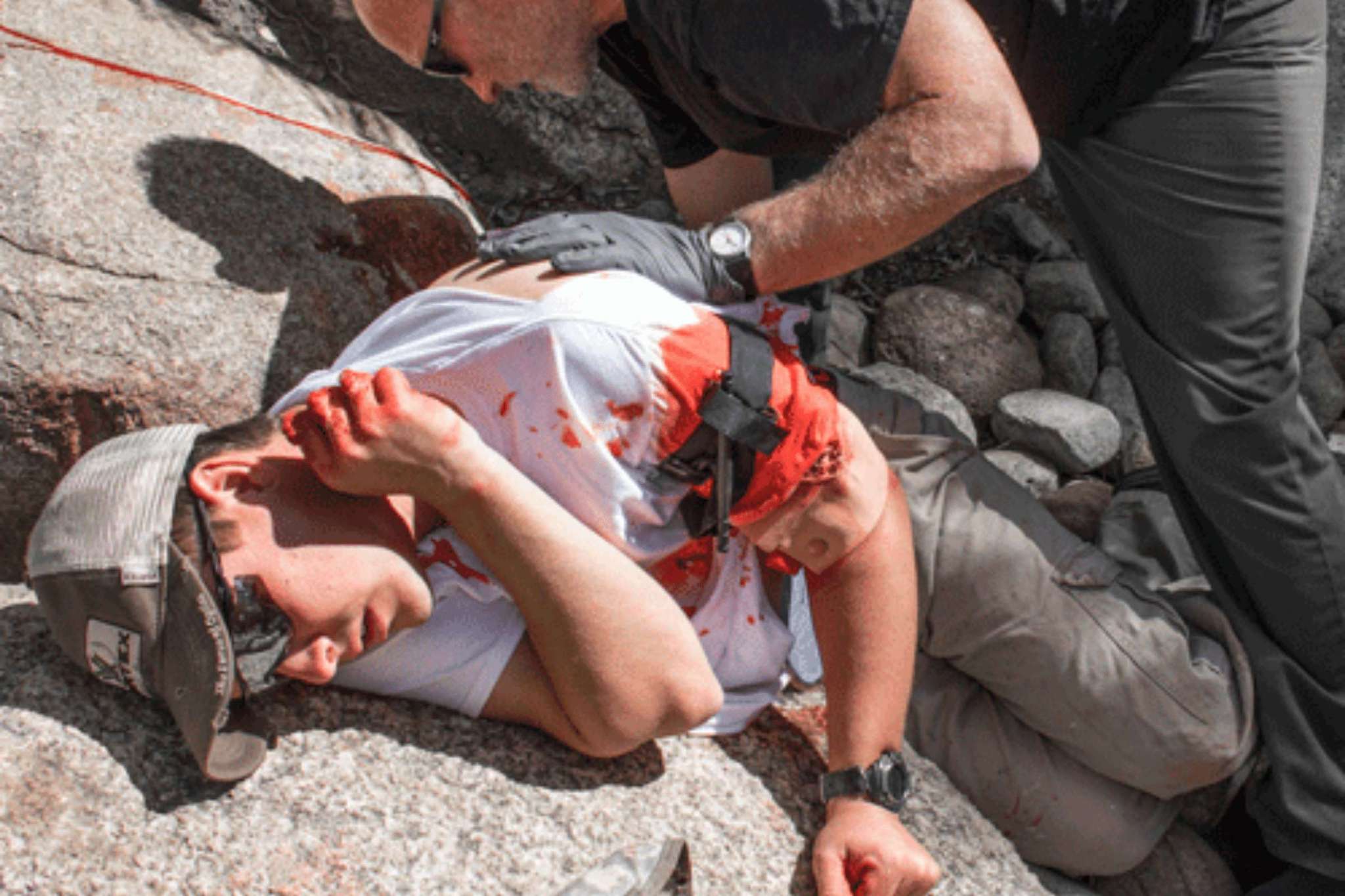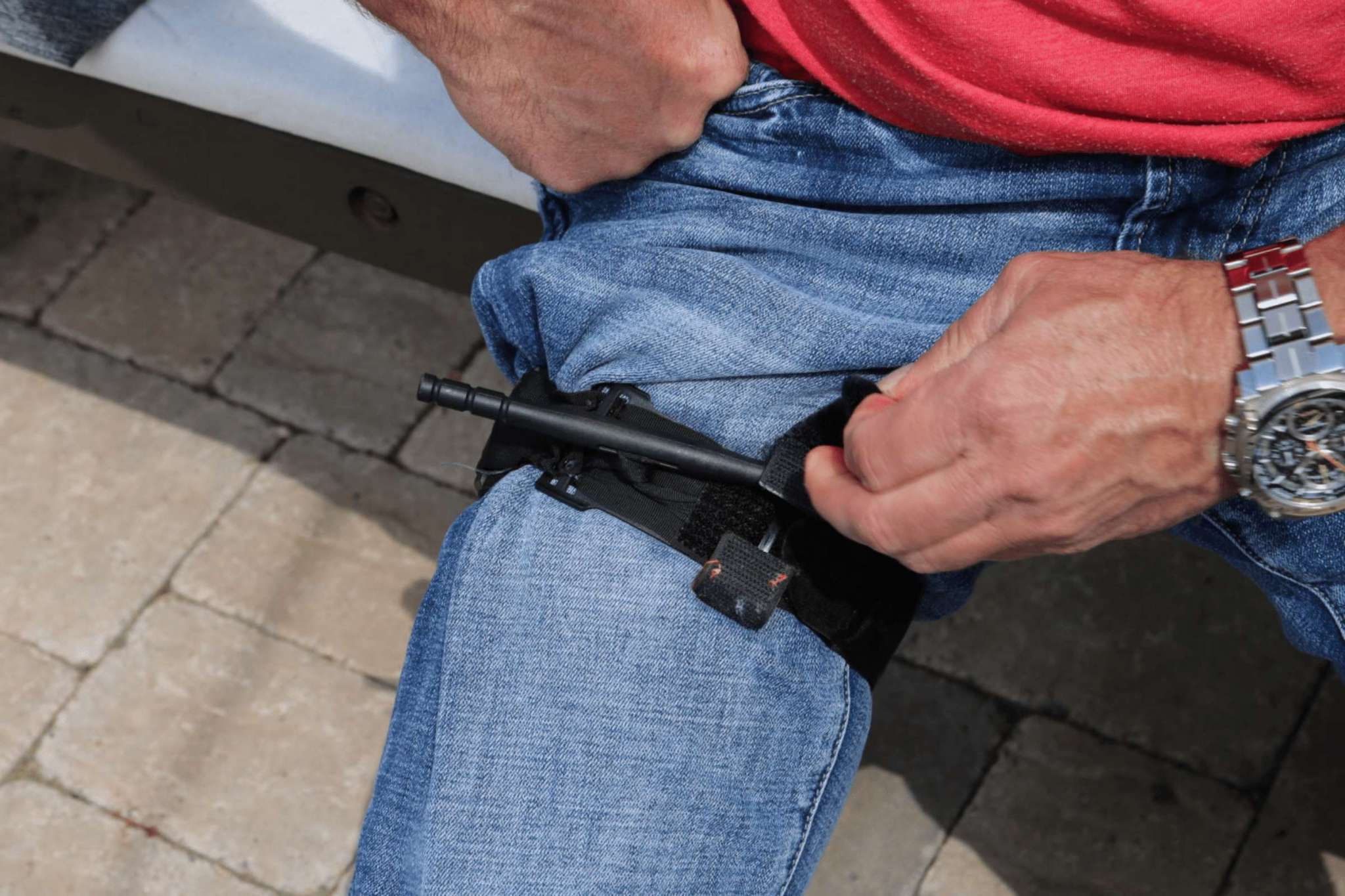With the seeming rise of hyper violent events occurring around the World many individuals are seeking training and equipment for being able to respond to a potential casualty. At present the greatest emphasis in Pre-Hospital trauma care is being placed on the integration of tourniquets as a first line defense against massive bleeding.
Many brands and varieties exist on the market (read my list of recommended tqs)
MOST IMPORTANT
Regardless of the type, or brand of tourniquet you carry the most important part of carrying the life saving piece of equipment are:
- Owning and carrying it where it counts
- Knowing exactly how to use and maintain a tourniquet after application.
But first, some general points:
BEWARE OF FAKES
You need to be certain to buy your tourniquets from reliable sources as fakes and knockoffs do exist and can fail.
KNOW HOW AND TRAIN
During the Emergency Life Saver course one of the most common mistakes I note with students is not tightening the constricting band completely enough around the limb before windlassing.
Know the windless
The windlass itself will only make so many revolutions before it becomes ineffective. This wastes precious time in a serious bleed and can cause massive stress for the responder once they realize the error. It is also very common for students to fail to apply the tourniquet according to the manufacturer’s specific instructions.
You must know your equipment and train with it under stress!
Two bones or one?
Often times responders will argue the validity of where to place the tourniquet on a limb. Some will argue application of the tourniquet high and tight over single bones only, like the Humerus.
Meanwhile others insist defiantly it does not matter if you place the tourniquet over double bones, such as the Tibia and Fibula.
The argument is over the fact that the arteries below the long bone split from the major artery and run towards the inside of the double bones to help protect them from injury.
As a result one may argue that a tourniquet placement over double bones will not completely occlude the blood flow. I am a strong proponent of this argument and would encourage the end reader to research this controversial issue further.
Avoid articulating joints
Also avoid placing a tourniquet on, or near articulating joints like the knee and elbow as it can shift.
Carry the TQ properly
Out in the field some of the critical errors I see and are often noted and complained about amongst professionals is that too many people carry their tourniquets improperly.
BEWARE OF WEATHERING
Whether it is because it is unnecessarily exposed to the environment like Ultra-Violet radiation, which can degrade certain materials or carried in such a manner you cannot get to it if critically injured.
Be sure to vet and test where you are carrying your tourniquet so you can get to it in all circumstances and won’t lose it. This brings me to the critical issue I see a lot….
TAKE THE TOURNIQUET OUT OF THE PLASTIC WRAPPER!
A tourniquet is not a sterile object and when your adrenaline hits and you are not struggling to get the plastic wrapper off because of your bloody hands you will write and thank me!!
CARRY ONE (OR TWO) WITH YOU
This leads me to my next overall gripe! If you have a heartbeat you should carry a tourniquet! Carry two!!
I meet a lot of people that after being taught this principal used to carry their tourniquets in their vehicles when out and about. By the time you get to your car and back the casualty, or you could be dead!
Thankfully the trend is catching on for people to carry multiple tourniquets and redundant blood control methods on their person. Also bear in mind that if you need one tourniquet you might need two.
FINAL THOUGHTS
The final mistakes I’ll highlight here concerning tourniquet use is failing to document the tourniquet application and time of application.
Just like we will be doing triage in the field the receiving medical facilities will also be triaging casualties. A casualty who has had a longer term tourniquet application will likely need to be treated before a casualty who has recently had a tourniquet applied.
This can be done with a sharpie, or equivalent like the patients blood on the forehead. Don’t forget to pack the wound and wrap it to prevent infection and continually monitor the bleed site to ensure the bleeding is COMPLETELY stopped!
As traumatic events unfold all around us the tourniquet has quickly become the number one defense against massive bleeding and carrying them and knowing how to use them correctly is far more important than merely owning them.
As experience has taught the tourniquet just may be the difference between a loss, or a save.




